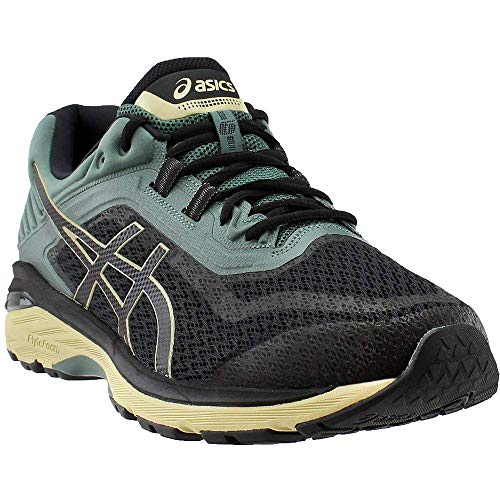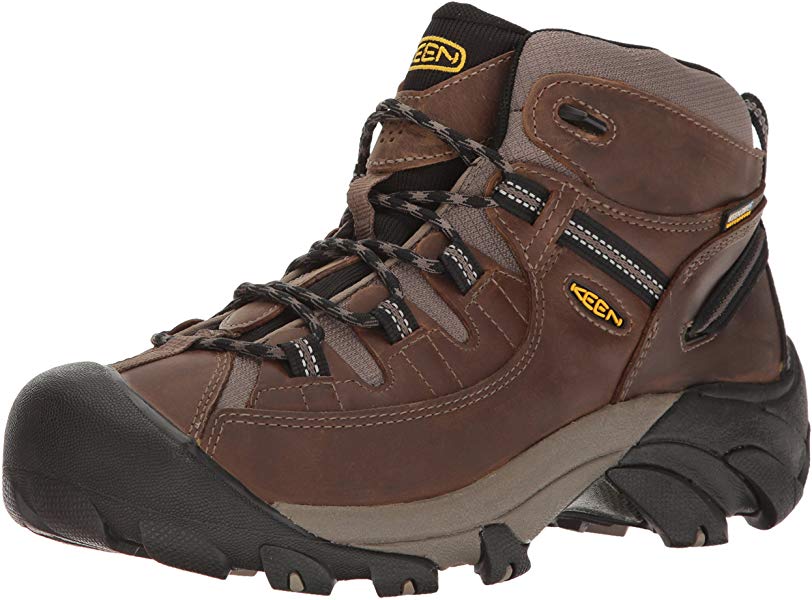Have you wondered which shoes you should wear while you trek or on hiking?
Have you ever been into a situation where you are crowded with an enormous array of hiking shoes and boots at a retail outlet and were not sure of where to even start? I guess this article is for you, to help erase up to a number of the confusion and guide you in the right direction.
Category of Hiking Footwear
Firstly, let us understand the varied categories of hiking footwear available in the market. Here is a listing of the foremost common footwear people wear while hiking and backpacking.
- Trail Running Shoes: Trail running shoes are especially designed for running on a range of terrains, like the dirt paths and uneven grounds like that of granite or sand. These shoes are not designed for the purpose of hiking but have become a superb choice for hikers looking to maximize the area they cover in a lesser amount of time. They are appropriate for hiking with a light weight.
 Trail running shoes
Trail running shoes
- Hiking Shoes: Hiking shoes are a perfect balance in between the light weight trail running shoes and bulky hiking boots. They share the aggressive tread of trail running shoes but are usually heavier, sturdier and more durable.
 Hiking Shoes
Hiking Shoes
- Hiking Boots: Hiking Boots are usually categorized by the height they have at the ankle or above it, or by the tougher rubber soles, and their sturdy construction. A typical thought is that all the hiking boots have a heavy weight; however several fashionable models have a weight of around 2-3 pounds per pair and supply far more support and stability within the ankles than a normal hiking shoe.
 Hiking Boots
Now that you have a better understanding of the types of footwear, ask yourself the following questions:
Hiking Boots
Now that you have a better understanding of the types of footwear, ask yourself the following questions:
- What type of terrain will I be traveling through, and what kind of weather might I encounter? Will the weather be rocky, wet or Variable?
- You should also question yourself on the type of load you will be carrying most of the time.
- Another important thing is your physical needs in footwear, whether you have a habit of rolling your ankles. You should know whether you are comfortable in a heavier or sturdier shoe. You should have a shoe that breathes well, as your feet might perspire a lot.
Features You Need To Consider:
- WaterProof: Water in our boots is something that nobody likes. It causes odor build-up, and also blisters and it is generally quite uncomfortable. So, waterproofing is an important quality in shoe materials to help your feet to in breathing and help eradicate perspiration.
- Load Support: Heavier backpacks require sturdiness and flexibility. A whole range of movement is needed, and also some kind of protection to the feet that will stop it from bending a lot in a backward or forward direction.
- The weight of the boot: Hikers usually say, "One pound on the foot equals five on the back." Hence, the heavy your boot will be, more the pressure for your legs.
- Arch Support: Proper arch support won’t let your feet flatten under immense pressure, which will save you a lot of pain.
- Injury Protection: The two very common injuries that hikers usually suffer from are the twisting of ankles and the stubbed toes. Therefore, to avoid this, the rougher the area is, the more ankle support will be needed. Inclined surfaces pain the toes even more for choosing a hiking boot that does not have enough free space in the toe box.
I hope this small guide will help you choose your “golden slippers”. All you need to do is to just ask yourself the answer to above questions with each pair you think might be the suitable one, and if the pair answers you correctly, then the match is surely made in heaven. Also, make sure you wear your shoes for around a week or more to fit them in. Happy trekking!
To know more on Indian travel destinations, follow us on
Facebook,
Instagram, and
Twitter.





 Trail running shoes
Trail running shoes
 Hiking Shoes
Hiking Shoes Hiking Boots
Now that you have a better understanding of the types of footwear, ask yourself the following questions:
Hiking Boots
Now that you have a better understanding of the types of footwear, ask yourself the following questions: